
全てが、木桶造り。
全てが、瓶貯蔵。
Wooden Fermentation Tanks
All bottle aged and Decanting
All bottle aged and Decanting



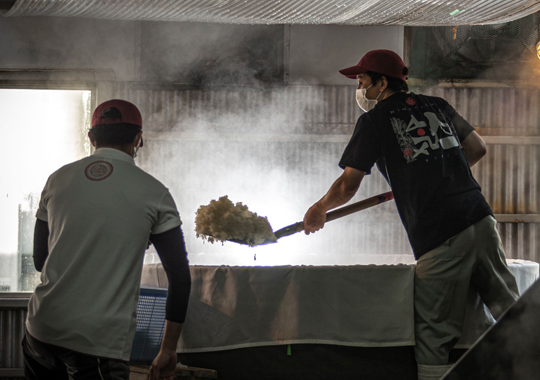


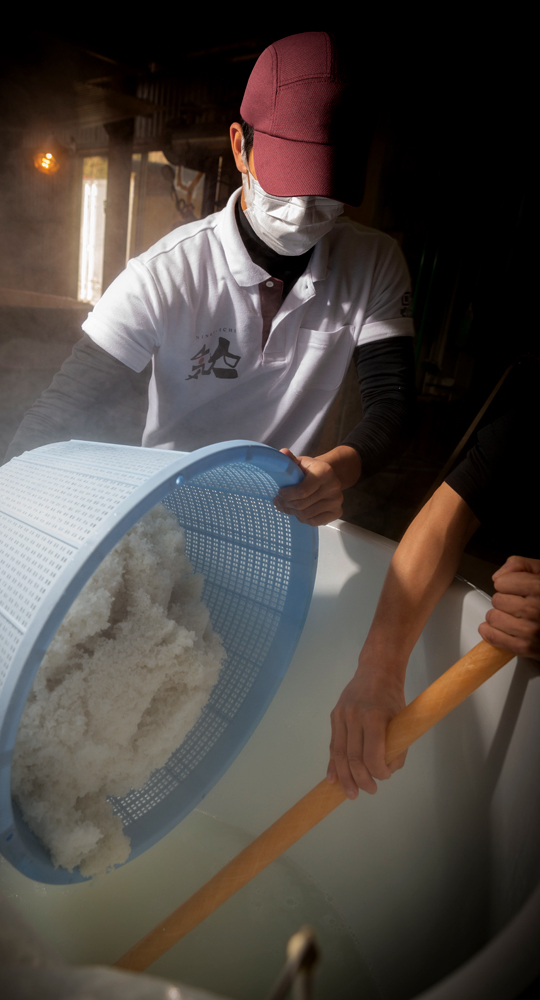
日本人が400年かけてつくった樹齢100年前後の杉材を使い、希少な職人技でつくられた木桶は100年を超えて使用に耐える優れた日本の伝統工芸品です。人気酒造の大桶は日本最大級の大きさ(7尺桶・6500L)を誇り、奥深く複雑な酒質を醸します。(日本酒のみ、鑑評会出品酒を除きます。)
本物を造るには、手間を惜しまず、時間をかけ、酒造りでの合理化はしません。木製の道具を使い、和釜で蒸し、手づくりで麹をつくっています。酒造りは伝統芸能と思えば道具も合理化しません。
Our wooden tanks are made from 100-year-old cedar trees in a process refined by Japanese artisans for over 400 years, using techniques that make them incredibly durable, with useful life spans of over 100 years. Sadly, there are now very few people left who can make these tanks. Ninki Shuzo's wooden tanks are among the largest in Japan (6,500 liter volume), and they help add immense depth and complexity to the sake. All our sake, except for competition brews, is fermented in wooden tanks.
The creation of great sake means cutting no corners, taking plenty of time, and not pushing to modernize the brewing process. We use wooden tools, traditional steamers, and make our rice koji by hand. When you consider sake brewing a cultural art, it makes no sense to modernize the tools.
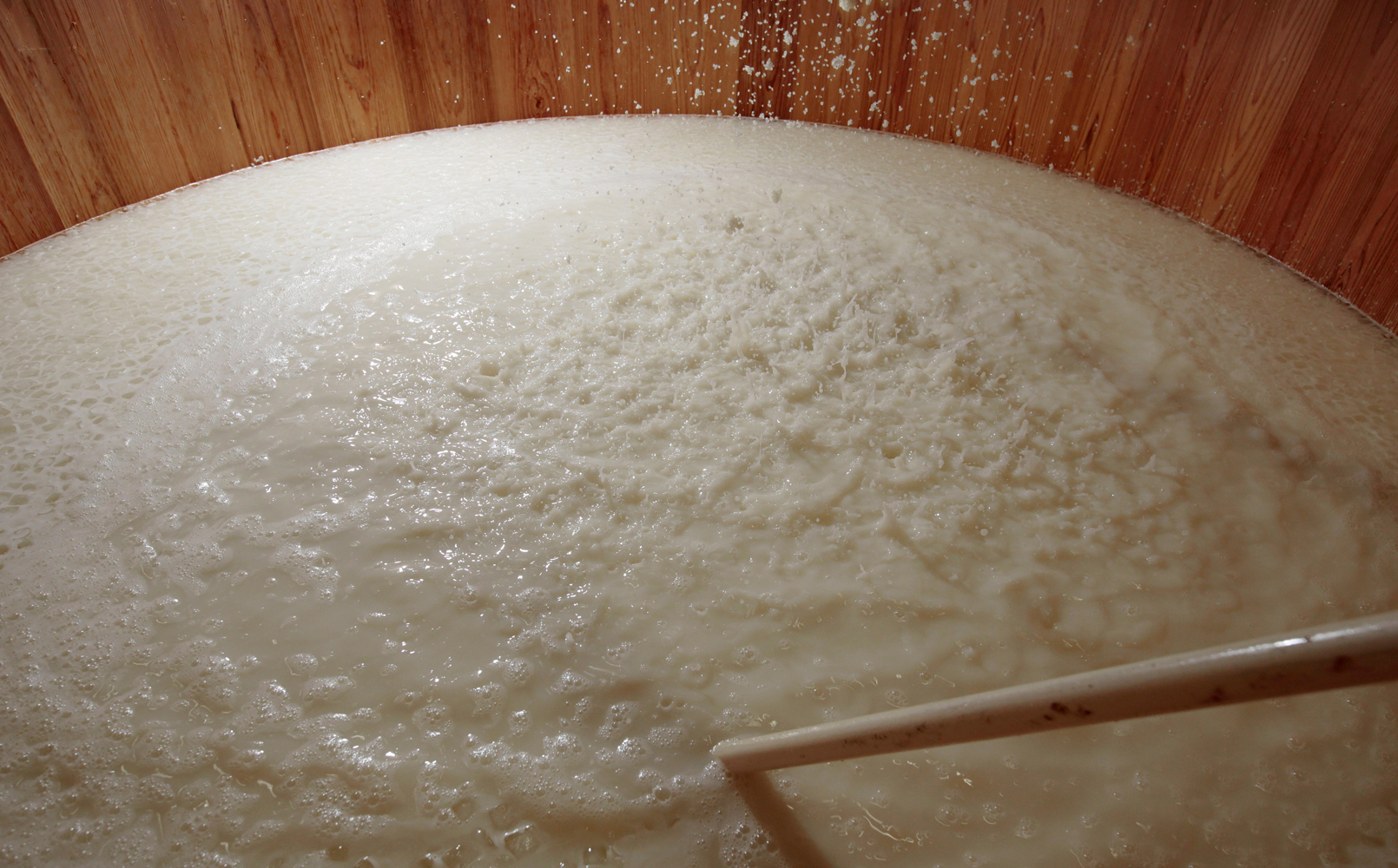




人気酒造に日本酒の貯蔵タンクはありません。すべて瓶で貯蔵しています。
日本酒の劣化は、光、温度、空気が原因です。日本酒の貯蔵は、瓶に詰める事によって空気に触れないため、タンク貯蔵に比べ劣化を抑止することができます。
人気酒造に日本酒の貯蔵タンクはありません。すべて瓶で貯蔵しています。
ボトリング後、空気に触れていないため、デキャンティングを行い多量の空気に触れることで急速に酸化し、まろやかさや甘味が増したように感じる効果があります。
There are no storage tanks at Ninki Shuzo, because all our sake is stored and matured in bottles.
Light, temperature, and oxygen are the enemies of sake. Letting our sake age in bottles helps protect it from air, and thus prevents deterioration better than tanks.
There are no storage tanks at Ninki Shuzo, because all our sake is stored and matured in bottles.
Since our sake is kept airtight in bottles, it has no contact with oxygen, and so decanting after bottling allows the sake to mix extensively with air all at once. This helps bring out the sake's natural smooth sweetness.
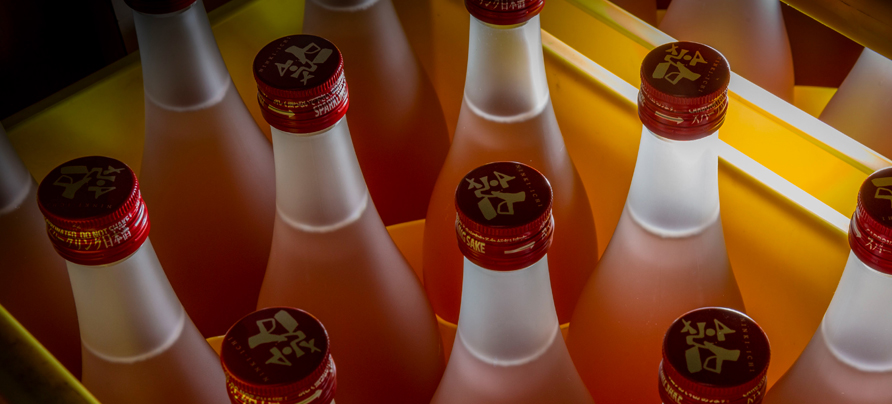

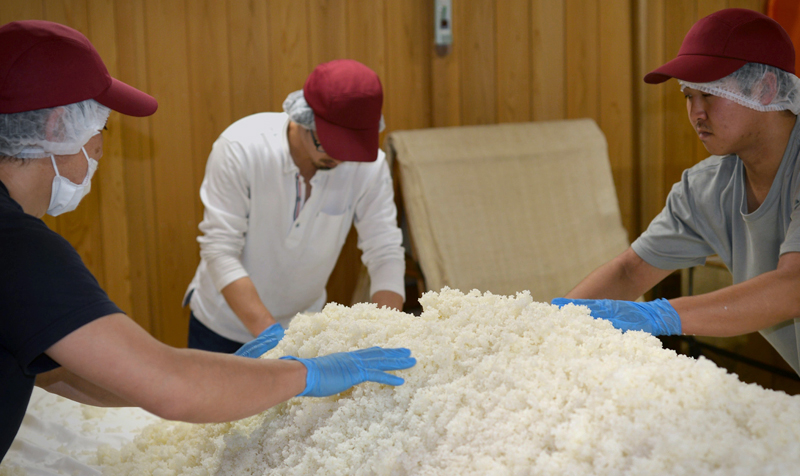
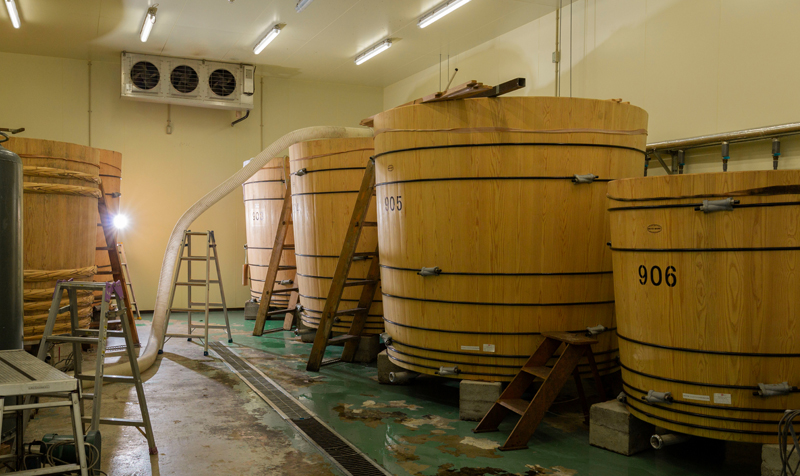


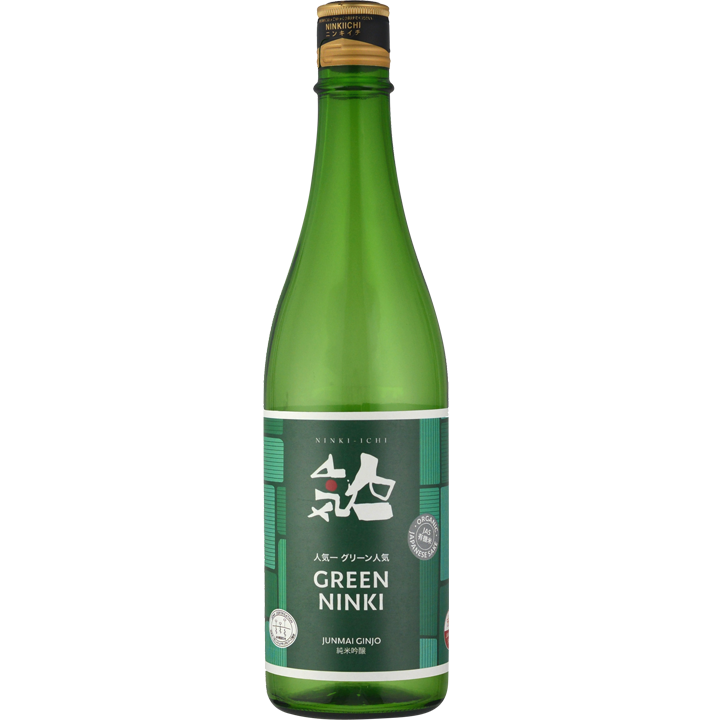
ワインの世界では当たり前となったオーガニック、なぜ日本酒では少ないのでしょうか?
その理由の一つに、ワインと違い高精白を行うことで米の表層にある農薬は除去されてしまうため、通常の栽培で作られた米であっても安全だから、と考えられているからでしょう。
しかし問題は、農産物ではJAS認証というオーガニック認証の制度が日本ではあり、その認証を受けることで海外でも同等性としてオーガニック認証されるのですが、農産物加工品であるはずの日本酒にはJAS認証の制度は無く、国内では認証機関の独自認証、海外認証は別に申請し取得する必要があるのです。
人気酒造では、大変な労力をかけて栽培された完全無農薬の原料、海外でも認証されるレベルの検査、費用をかけたにもかかわらず、可能な限りリーズナブルな価格を実現し、多くのお客様にオーガニック日本酒を楽しんで頂きたいと考えています。
Organic has become the norm in the wine world, so why is it less common in sake?
One reason may be that, unlike wine, high milling removes pesticides from the surface layer of the rice, so it is considered safe even if the rice is grown in the normal way.
The problem, however, is that there is an organic certification system in Japan called JAS certification for agricultural products, and by obtaining this certification, the product can be certified as organic in other countries as well, but there is no JAS certification system for sake, which is supposed to be a processed agricultural product. However, as a processed agricultural product, sake does not have a JAS certification system.
In spite of the great effort that goes into the cultivation of completely pesticide-free ingredients, the level of testing that is required for certification overseas, and the expense involved, we at Ninki Shuzo hope to make organic sake available to as many customers as possible at a reasonable price.
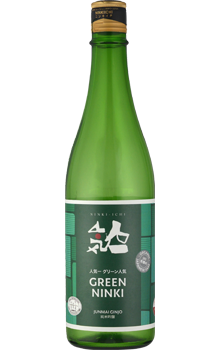


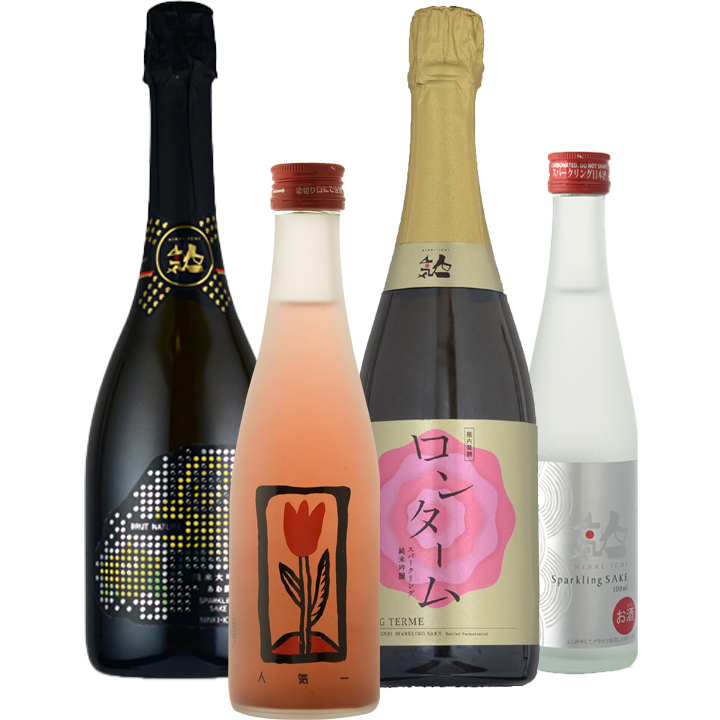
50年以上前、当蔵元の幼少期に、父である先代がスパークリング日本酒を造っていました。
1960年代当時は、炭酸ガスをボトリングの際に充填する方法で、70年代になり結果的には販売不振からやめてしまいました。
本来、日本人は炭酸好きだと考えられていて、世界でもトップクラスのスパークリングワインの輸入国なのにです。
その後1990年代になり、炭酸ガス充填ではなく高価なスパークリングワインのように、日本酒を瓶の中で発酵させ、炭酸ガスを封じ込めるタイプが商品化されるようになりました。
それから20年以上経て、人気酒造では全体の生産量の約20%がスパークリング日本酒になりました。
酸味や旨味のある「うすにごり」の瓶内発酵スパークリング、澱を抜いたクリアで洗練された、高級感のあるスパークリング、等多様なスパークリング日本酒は、高い評価を受け新しい日本酒のジャンルに成長しました。
More than 50 years ago, when our brewery was in its infancy, my father, the previous generation, made sparkling sake.
In the 1960s, carbon dioxide gas was used to fill the bottles during bottling, but in the 1970s, the method was discontinued due to poor sales.
This was in spite of the fact that the Japanese are considered to be carbonated drinkers and are one of the top importers of sparkling wine in the world.
Later, in the 1990s, a type of sake was commercialized that was not carbon dioxide filled, but rather fermented in the bottle to seal in the carbon dioxide, like expensive sparkling wine.
More than 20 years later, about 20% of the total production at Ninki Shuzo is now sparkling sake.
The variety of sparkling sake, including "lightly fermented" sparkling sake with acidity and flavor, and clear, sophisticated, and luxurious sparkling sake without the lees, has been highly acclaimed and has grown into a new genre of sake.
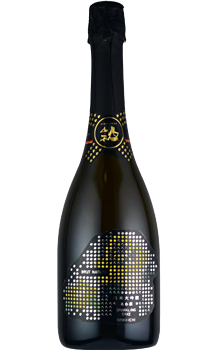

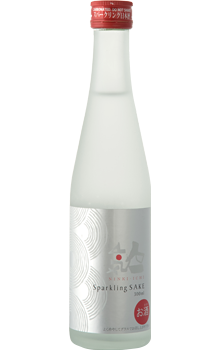


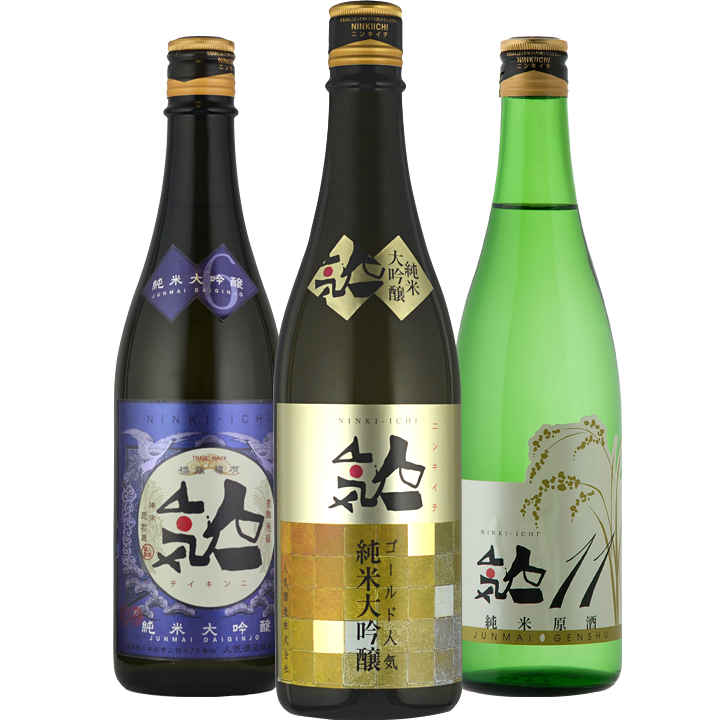
海外では一般的な、日本酒をワイングラスで飲むスタイルは、その形状から日本の伝統的な酒器では感じきれなかった繊細な香りを感じさせてくれます。
同じ日本酒を猪口からワイングラスに移しただけでも、誰もが違いを感じられるほど味わいが変わります。
日本酒の持つ香りが、こんなにも豊かで良いものだったことを初めて知った人も多く、ワイングラスは日本酒の秘めた魅力を引き出してくれる、最良のパートナーです。
人気酒造のワイングラスで飲む日本酒は、冷やしてワイングラスで飲むことにより、その特徴を堪能できる日本酒ばかりを揃えました。
The style of drinking sake in a wine glass, which is common in other countries, provides a delicate aroma that could not be felt with traditional Japanese sake containers due to its shape.
Just by transferring the same sake from a traditional Japanese cup to a wine glass, the taste changes so much that everyone can feel the difference.
For many people, this is the first time they have realized how rich and delicious the aroma of sake can be, and wine glasses are the best partner to bring out the hidden charm of sake.
Ninki Syuzo's Sake in a Wine Glass is a selection of sake that can be enjoyed in its full characteristics when chilled and drunk in a wine glass.
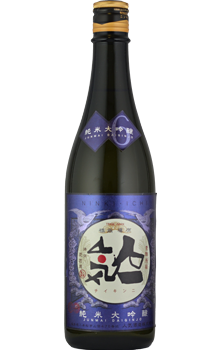
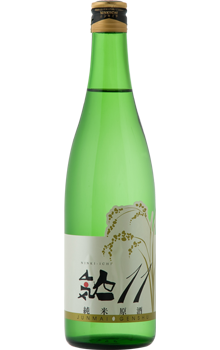
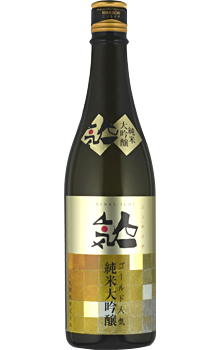


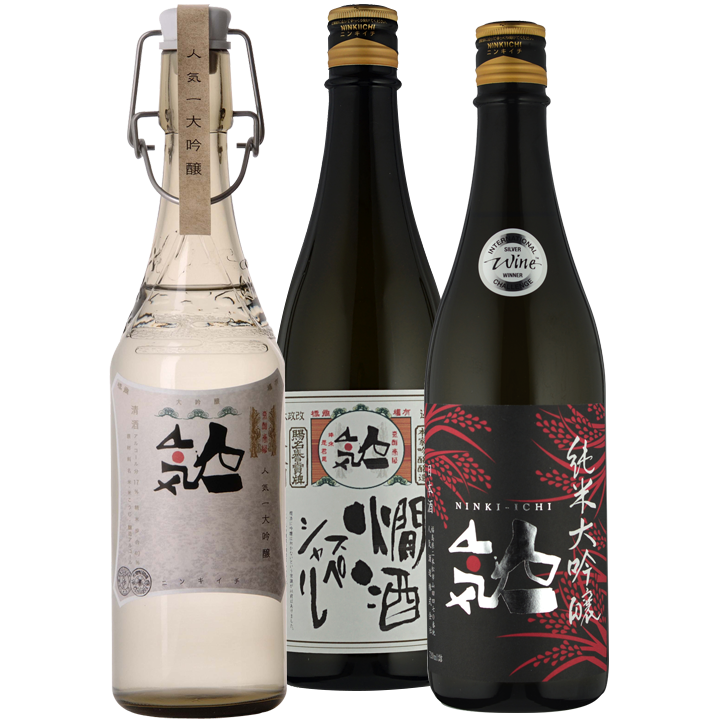
人気酒造の日本酒は、すべて和釜で蒸した手造りの麹、すべて木桶で発酵※、すべて瓶貯蔵、そしてできる限り1回の火入れ殺菌、といった個性を持っています。
その特徴を生かした、魅力的な商品を揃えました。
※日本酒のみ、鑑評会出品酒を除きます。
Ninki Shuzo's sake is unique in that it is all hand-made with koji steamed in Japanese kettles, all fermented in wooden vats, all stored in bottles, and pasteurized once as much as possible. We have created a lineup of attractive products that make the most of these characteristics.


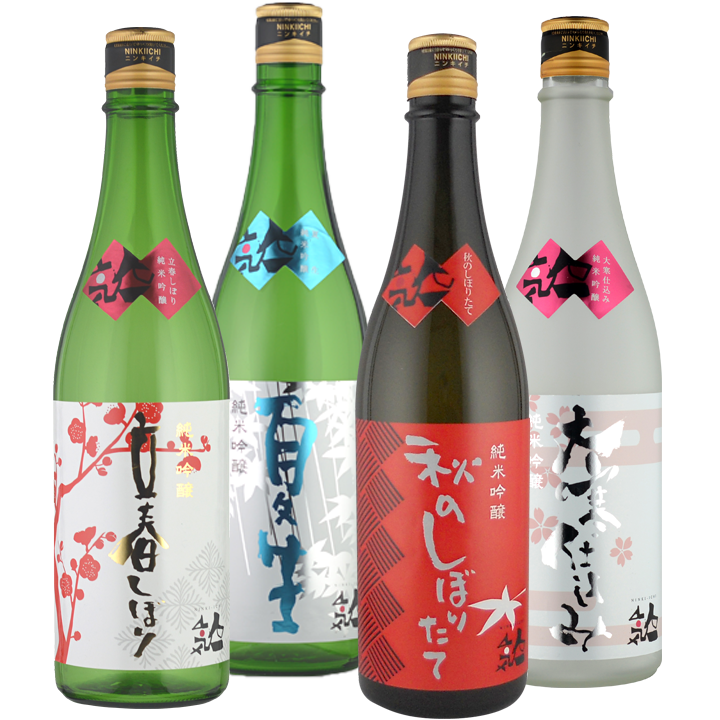
日本人は世界で最も鮮度願望が高いと言われていますが、人気酒造は、鮮度の高い日本酒を一年を通して造るため、震災後の移転の際に四季醸造の設備を導入しました。
以前の、冬から春にかけてのみ酒造りをする『寒造り』では造ることのできなかった、夏から秋にかけての「しぼりたて」をお楽しみいただけるようになりました。
また、冬から春の商品に大きな変更はありませんが、唯一の熟成酒である『ひやおろし』は、寒造りでは春に火入れ殺菌しタンクに貯蔵後、夏を越えて熟成し、いわゆる「ひや」のまま(殺菌をしないで)ボトリングしたのですが、現在の人気酒造では、春に火入れ殺菌後ボトリング、瓶貯蔵で酸化を抑制し、夏を蔵内で熟成させ秋に出荷しています。
時代とともに日本酒の「旬」の特徴が多様化しても、季節の食に合わせて楽しむ本質に変わりはありません。
ぜひ人気酒造の旬のおすすめをお楽しみください。
It is said that Japanese people have the highest desire for freshness in the world, and in order to brew fresh sake throughout the year, Ninki Shuzo introduced a four-season brewing system when it was relocated after the Great East Japan Earthquake.
Now you can enjoy freshly brewed sake from summer to autumn, which was not possible with the previous "Kan-zukuri" brewing system, where sake was brewed only in winter and spring.
In the Kanzukuri, the sake was pasteurized in the spring, stored in tanks, matured over the summer, and bottled in its "hiya" form (without pasteurization).
Even though the seasonal characteristics of sake have diversified over time, the essence of enjoying sake with seasonal foods has not changed. We hope you will enjoy the seasonal recommendations of the Ninki Shuzo.


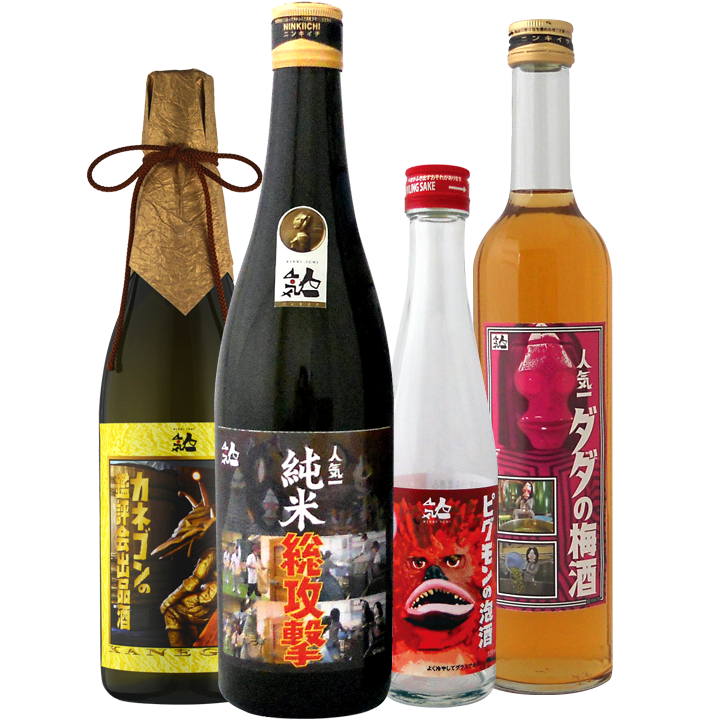
特撮の神様 円谷英二氏の故郷から程近い酒蔵『人気酒造』では・・・
本商品は、ウルトラマン基金を応援しています。
本商品の売上の一部は、ウルトラマン基金を通じて子供達の未来を創る為の活動に役立てられます。
Ninki Shuzo is located not far from the birthplace of special effects wizard Eiji Tsuburaya, who worked on classic Japanese TV and movies, including the Ultraman series.
This sake is offered in support of the Ultraman Foundation children's charity, and part of the proceeds from all its sales will go to help create a better future for children through the foundation's work.
